Animals come in all shapes and sizes, and the diversity of the animal kingdom is truly astounding. However, there are some animals that share such striking resemblances that they often get mistaken for one another. In this article, we will explore 16 pairs of animals that can easily be confused due to their similar appearances. From insects to mammals, nature has a way of creating look-alikes that keep us on our toes.
1. Cheetah vs. Leopard
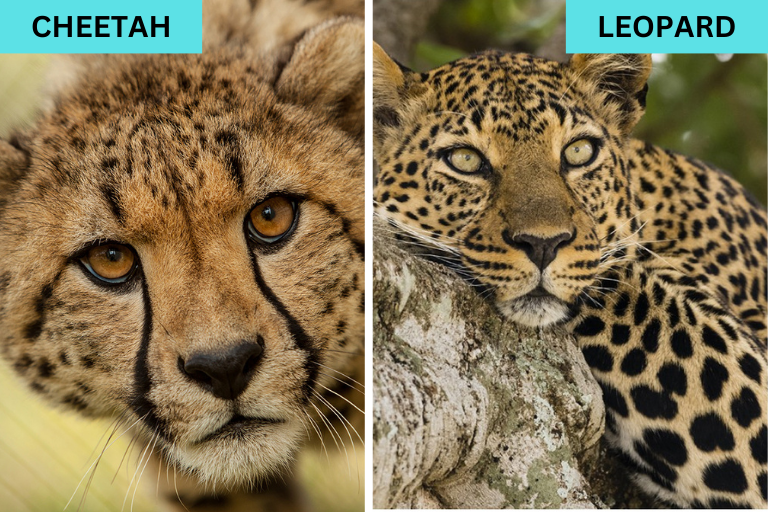
Both cheetahs and leopards are large cats with spotted coats, but their spots are the key to telling them apart. Cheetahs have solid black spots, while leopards have rosette-shaped spots with no central dot.
2. Crocodile vs. Alligator
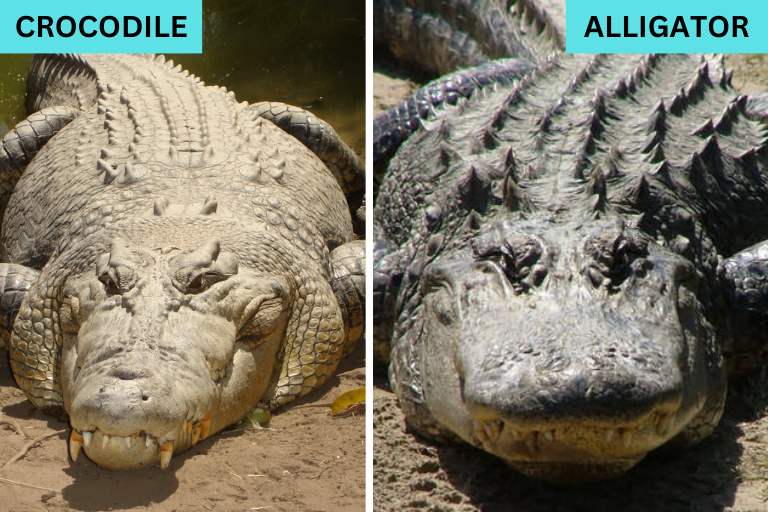
Crocodiles and alligators are aquatic reptiles that may seem alike at first glance. The key difference is in the shape of their snouts; crocodiles have V-shaped snouts, while alligators have U-shaped ones.
3. Bees vs. Wasps
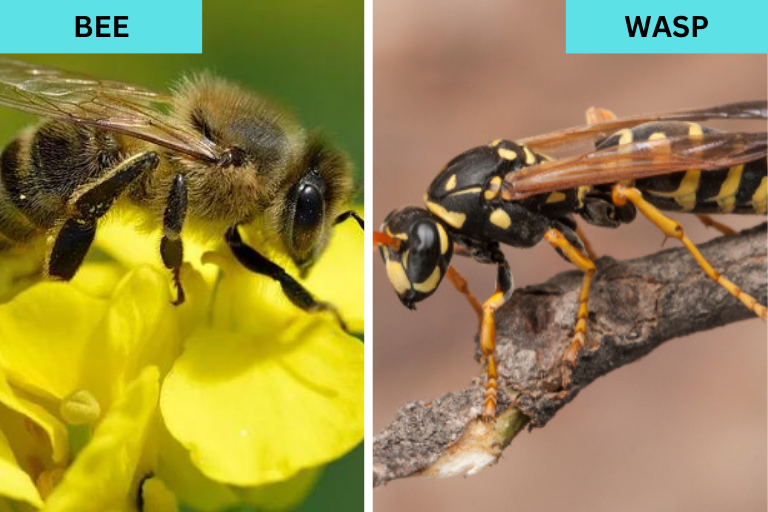
Bees and wasps are both buzzing insects with similar colors and body shapes. However, bees are typically hairier, and wasps have more slender bodies with a narrow waist.
4. Ravens vs. Crows
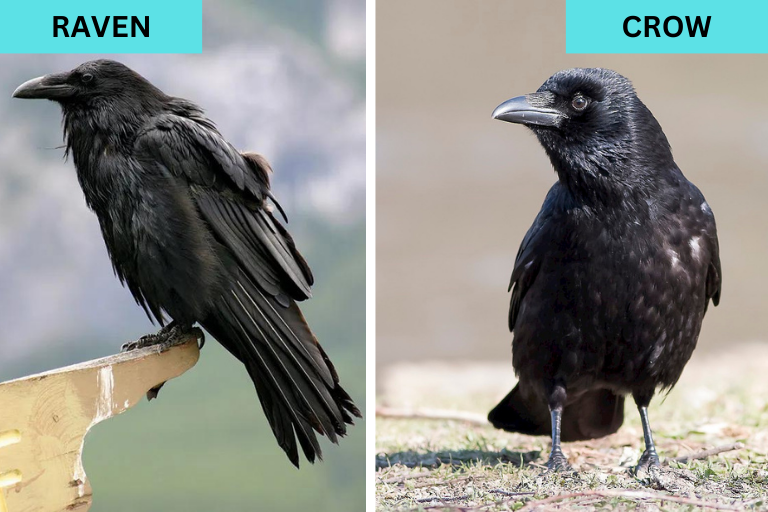
Ravens and crows are both large black birds, but ravens are generally larger and have wedge-shaped tails, while crows have fan-shaped tails.
5. Turtles vs. Tortoises
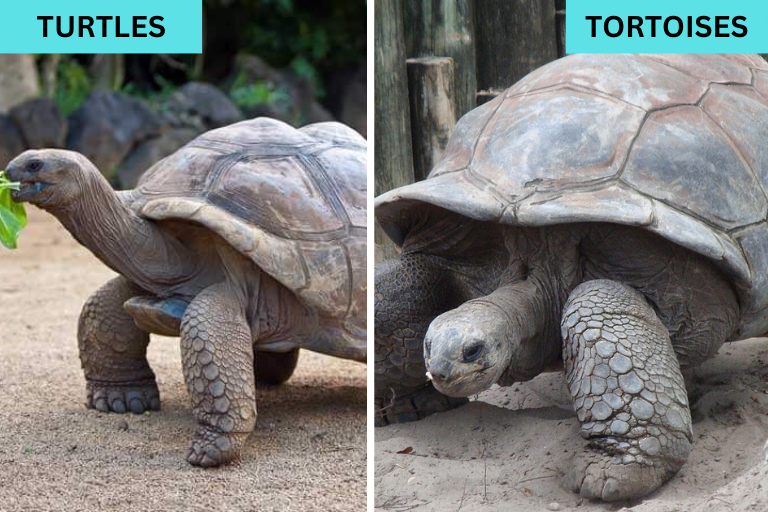
Turtles and tortoises are often confused due to their similar-looking shells. Turtles are aquatic and have flatter, more streamlined shells, while tortoises have domed shells and are land-dwelling.
6. Dolphins vs. Porpoises
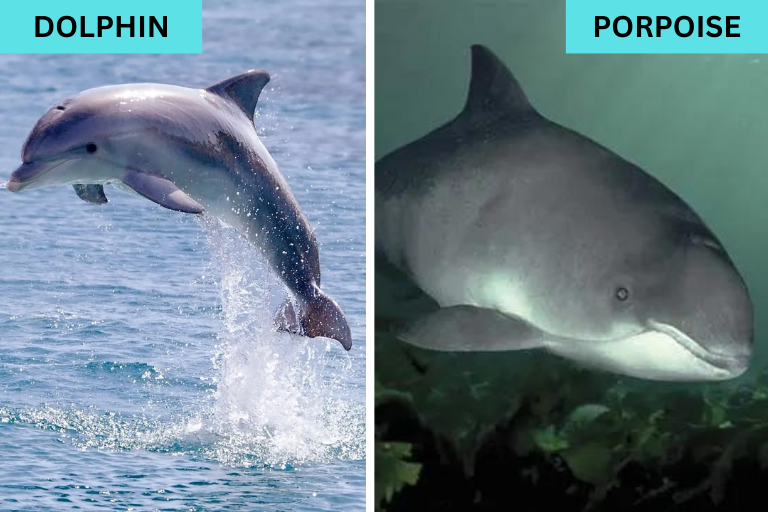
Dolphins and porpoises are marine mammals with streamlined bodies and fins. One key difference is their noses, or rostrums; dolphins have elongated, beak-like rostrums, while porpoises have shorter, more rounded ones.
7. Llamas vs. Alpacas
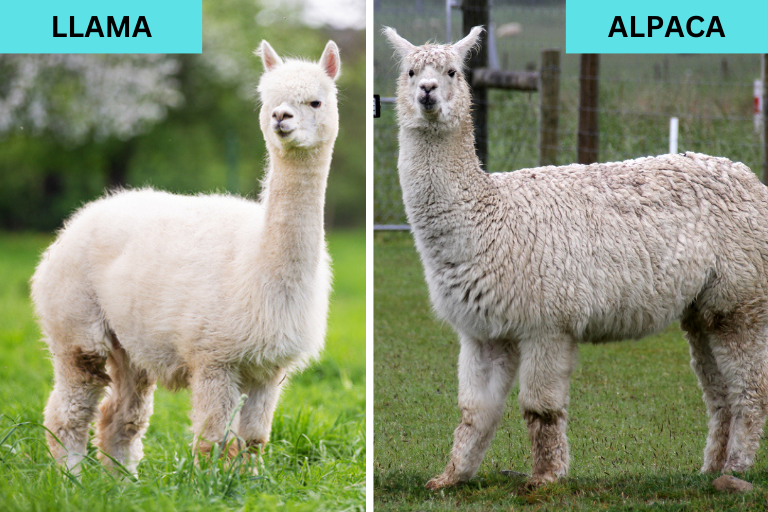
Llamas and alpacas are South American camelids that resemble each other closely. Llamas are larger with longer faces and ears, while alpacas are smaller, have shorter ears, and more delicate features.
8. Koalas vs. Wombats
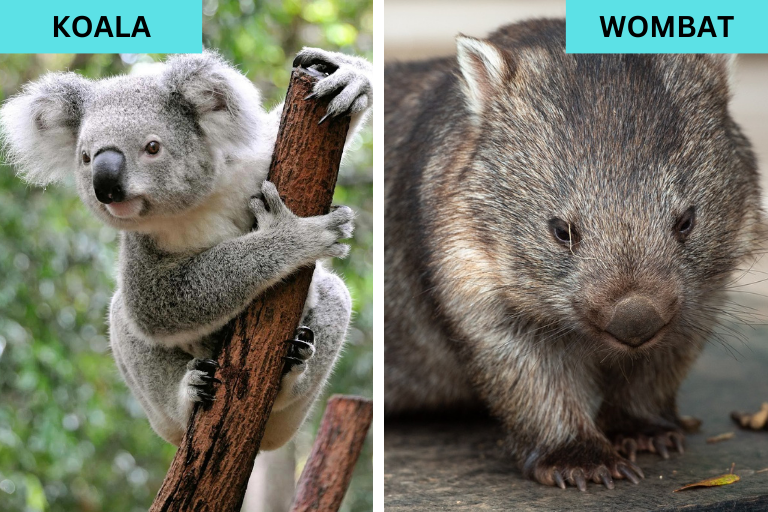
Koalas and wombats are marsupials native to Australia. They share a similar appearance but have different lifestyles; koalas are tree-dwellers with a more slender body, while wombats are burrowers with a stockier build.
9. Hedgehogs vs. Porcupines
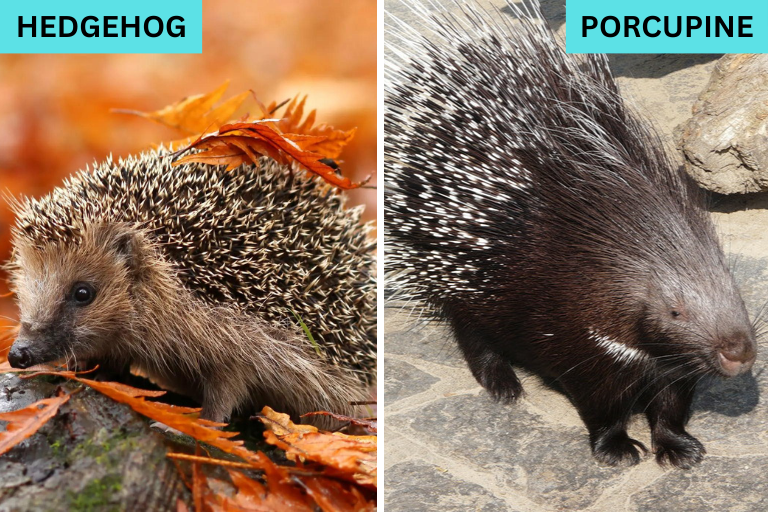
Hedgehogs and porcupines are small, spiky mammals that can be easily confused. Hedgehogs have short, soft spines and are smaller, while porcupines are larger and have longer, sharper quills.
10. African vs. Asian Elephants
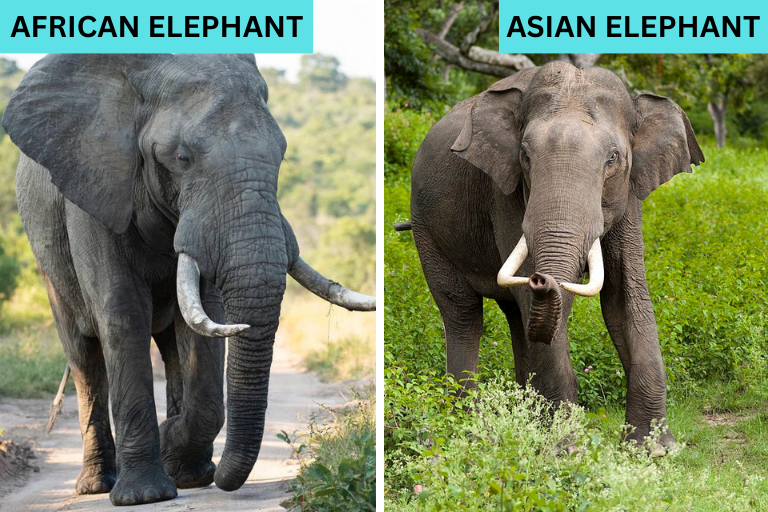
African and Asian elephants look similar at first glance, but they have distinct differences. African elephants are larger and have larger ears shaped like the continent of Africa, while Asian elephants have smaller ears.
11. Geese vs. Ducks
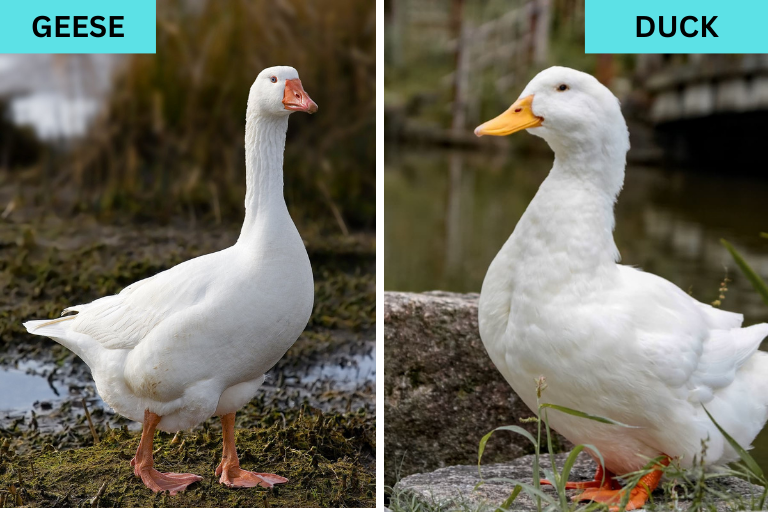
Geese and ducks are waterfowl with similar features. Geese are generally larger with longer necks, while ducks are smaller and have shorter necks.
12. Hares vs. Rabbits
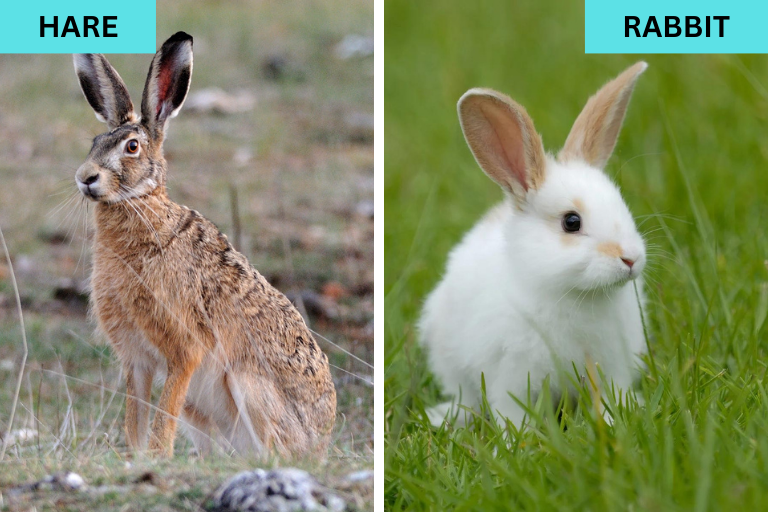
Hares and rabbits are both lagomorphs, but hares are larger and have longer ears and legs. Rabbits are smaller and have shorter ears and legs.
13. Jaguar vs. Black Panther
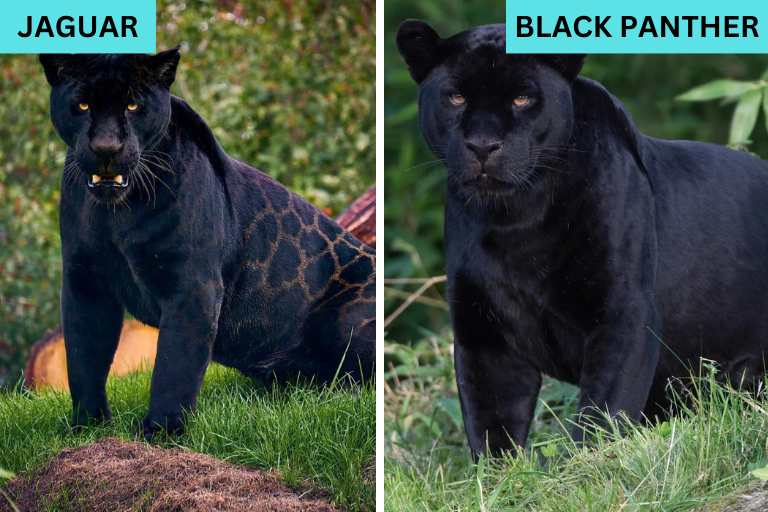
Jaguars and black panthers are both big cats, and black panthers are actually melanistic jaguars or leopards. The difference lies in their coat color, with jaguars having the traditional rosette markings.
14. Swallowtail vs. Monarch Butterfly
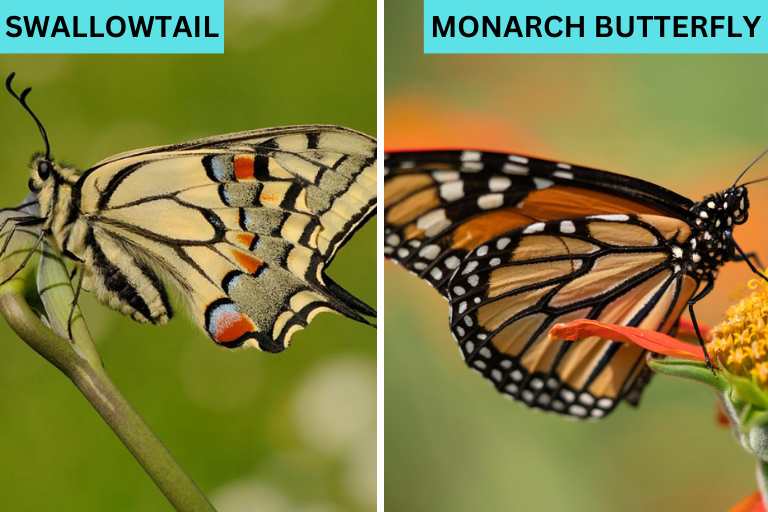
Swallowtail and monarch butterflies have similar wing patterns, but monarchs are smaller and have a more orange hue, while swallowtails are larger with distinct swallow-like tails on their hind wings.
15. Foxes vs. Red Pandas
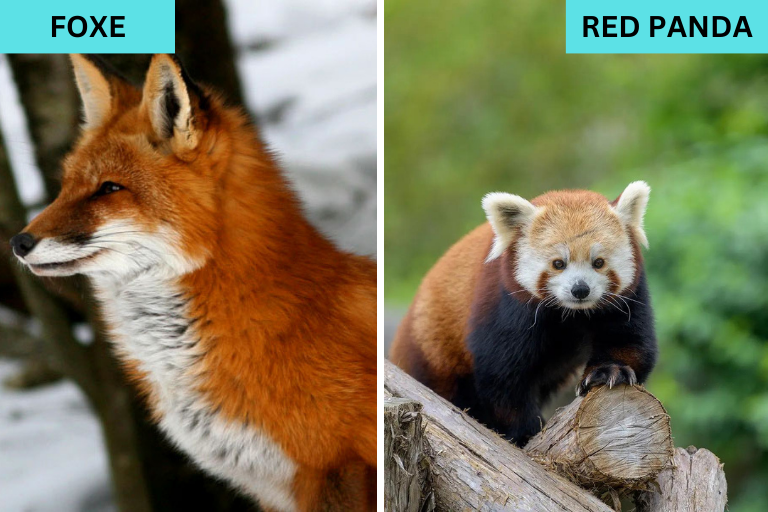
Foxes and red pandas are both small, bushy-tailed mammals with reddish fur. However, red pandas are more closely related to raccoons and have distinctive white face markings.
16. Dholes vs. African Wild Dogs
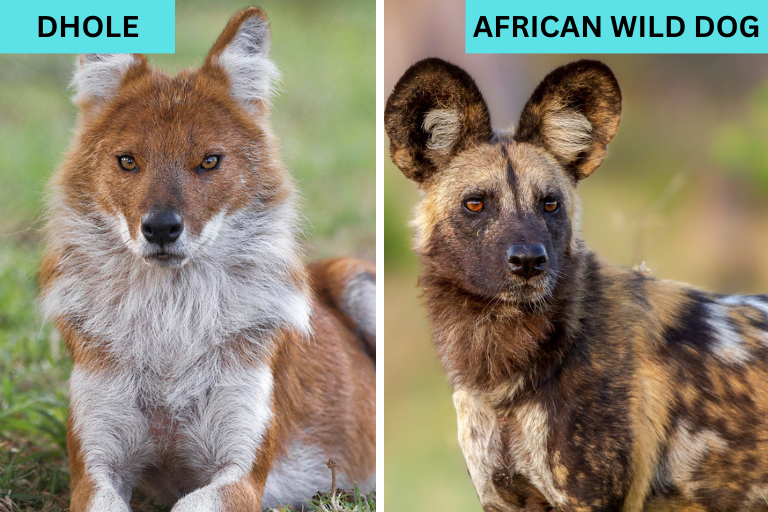
Dholes and African wild dogs are both canids, but dholes are native to Asia and have a more russet coat, while African wild dogs have a patchy, multi-colored coat.
Nature has a way of creating animals that closely resemble each other, making it easy to mistake one for another. However, by paying attention to the subtle differences in their appearances, we can learn to appreciate the unique characteristics of each species. These 16 pairs of animals serve as a reminder of the rich tapestry of life on our planet and the beauty of biodiversity.



GIPHY App Key not set. Please check settings